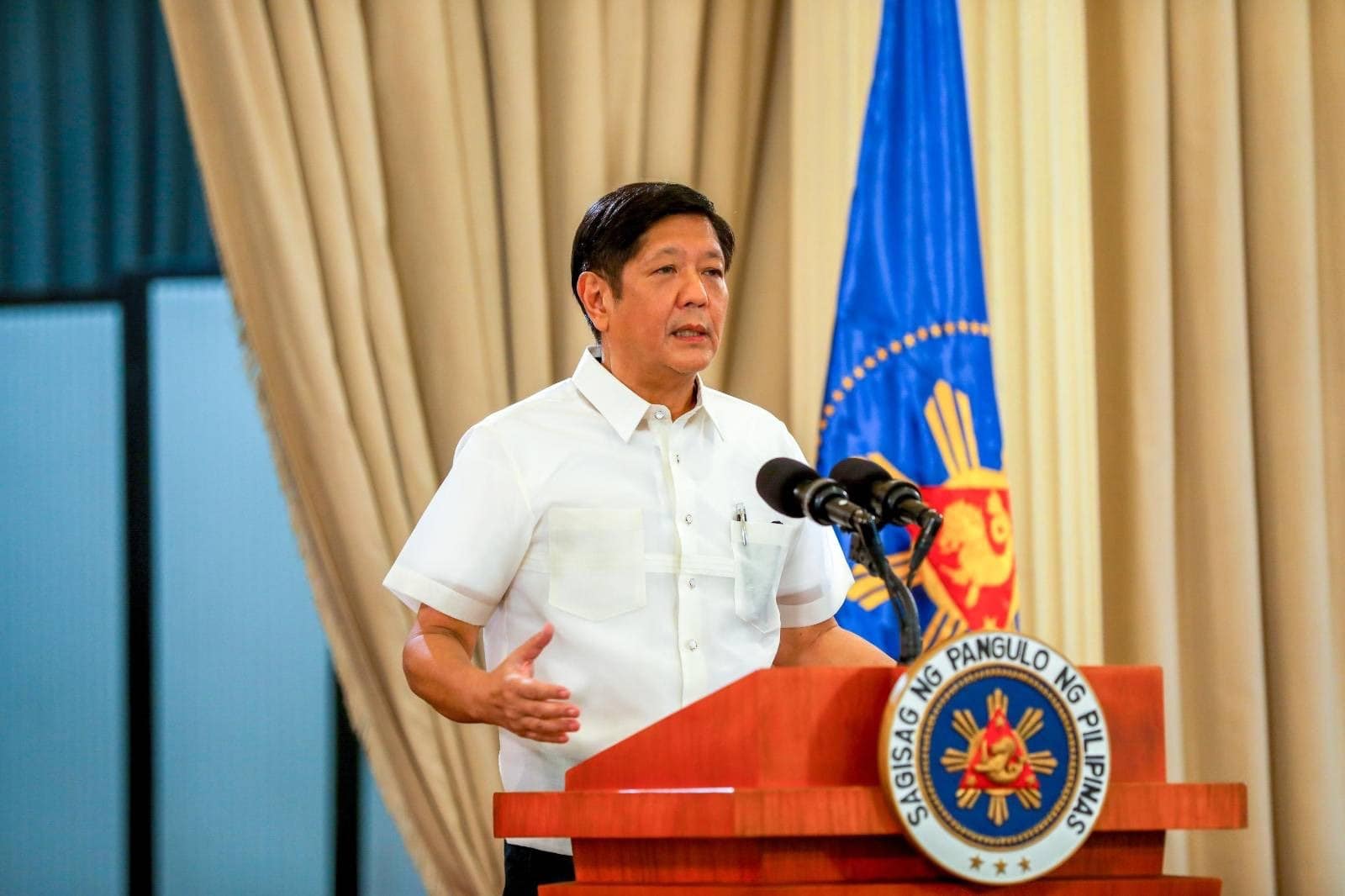President Ferdinand “Bongbong” Marcos Jr. on Friday ordered the creation of uniform procedures in responding to disasters and natural calamities.
He made the order during his fourth Cabinet meeting with key officials of the Department of Social Welfare and Development, Department of Human Settlements and Urban Development, Department of Agrarian Reform, and Department of Energy, according to a report by the Office of the Press Secretary.
The President floated the need to review standard operating procedures (SOP) to create a uniform and coordinated approach during catastrophes.
“I think we have to review our SOP when there’s a warning. So, what do we immediately do when the alert is given to us? How do we preposition the things that we will need?” Marcos said in a Cabinet meeting in the wake of a magnitude 7 earthquake that rocked northern Luzon on 27 July.
The latest report by the National Disaster Risk Reduction and Management Council showed that the death toll from the big earthquake has climbed to 11 while 410 have been injured.
Of the reported deaths, 10 were from the Cordillera Administrative Region while one was from the Ilocos region. The latest fatality was a 59-year-old male from Abra who died due to a brain injury after his house’s roof collapsed and hit his head when the earthquake occurred.
The chief executive said the government should preposition satellite phones, generators, and water, among others once an alert is raised.
“As we know, the very first thing that we have to deal with is really communication, to find out what’s going on where, and then doon na tayo makapag-assess, saan natin uunahin,” he said.
“Ang experience ko, the first thing you have to do is communicate with the local government officials,” he added.
Marcos also discussed the use of airlift assets for disaster response and cited the importance of engineers who can help in clearing operations and building temporary structures.
He earlier said that the proposed legislation on the Mandatory Reserve Officers’ Training Corps and National Service Training Program can educate and train the youth in terms of disaster preparedness.
The said programs aim to motivate, train, organize and mobilize students for national defense preparedness, including disaster preparedness and capacity building for risk-related situations.
In his visit to Abra on 28 July, the President underscored the need to procure more water purifying systems that will address water supply problems during disasters.
Agrarian Reform Beneficiaries
Aside from disaster preparedness, Marcos also discussed with his Cabinet the ways the government can assist agrarian reform beneficiaries (ARB).
In a social media post by the Office of the President, it stated that Marcos is looking into crafting a proposed bill “on the condonation of payments for the amortization fees and interests on ARB loans and providing legal help for land disputes.”
The President is also considering granting ARB modern farm equipment and credit assistance.
Earlier this week, Marcos met with members of the Samahang Industriya ng Agrikultura (SINAG), a farmers’ group.
SINAG provided suggestions about how the government can modernize farming techniques and help farmers in terms of credit, comprehensive insurance, and investments in the long run.
Earlier, SINAG president Rosendo So said his members are pleased to see that the President’s heart is “on agriculture” and is committed to “increasing local production.”
The group has appealed to Marcos, concurrently the Agriculture chief, to totally combat the illegal entry of agricultural products into the country, lamenting that it will “kill the local industry.”
